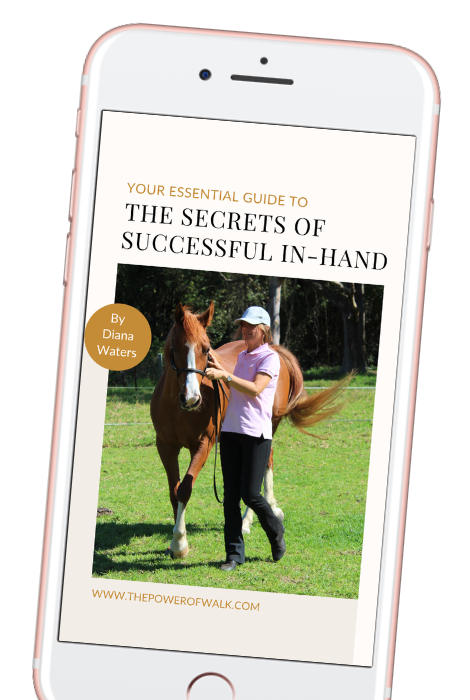
Connected and Targeted Walk Work: It really works
I enjoy analysing my work through progress photos and working out why these changes take place. In my experience, connected and targeted walk work brings about more positive long term changes than anything else. When we change the way we work our horses, we reduce the need for other interventions like bodywork (bodywork is incredible valuable in its own right, but good training should complement this not undo it).I’ve had a few people question the validity of my before and after photos, saying they could just be a moment in time.I take videos primarily for my own reference because I am genuinely curious about the progress I think I see. I screenshot the same phase of the stride so that I can compare. My personal photos for comparison show changes happening gradually over a period of time and there are hundreds of them! I keep them in albums to monitor progress. I also keep schooling diaries to match the progress with what we were doing and to evaluate my approach.There is no camera trickery: I usually show the whole horse, same phase of stride, hooves aligning on a horizontal plane, because I genuinely want to know the progress.This is just a small selection of the hundreds of screenshots I have for Flicker. 90% of this progress was brought about through connected and targeted walk work, where I was able to calm her nervous system through synchronisation and connection, then release her bracing, then straighten and realign both laterally and vertically.This resulted in permanent correction of cow hocks (won’t happen in every horse: hers weren’t structural but caused by tight hamstrings) correction of rotated ribcage and high-low syndrome, and lifting of thoracic sling. The change in trot posture came about from releasing into trot after preparing through the walk work.. very little trot work was practised.It’s interesting to note the little blip on September 3rd when we had a session in tension due to her being in season and being upset by some racehorses. The negative impact of tension in a session is immense. You can see how the rotation came back and then gradually resolved again over the next few days.I’m a firm believer that connected and targeted walk work is one of the most effective ways to make positive changes to the horse. In Flicker’s case it was all carried out in-hand, but under saddle is effective as well. If you learn this, it will also transform the way you ride.. the change in the way this type of riding feels trickles into trot and canter as well. This is what keeps horses sound and happy, because now being worked and ridden is an integral part of making the body stronger and more functional.The beauty of this is that the owner/rider can do the work themselves without the need for deep anatomical knowledge. The prerequisites are a willingness to learn a little about basic biomechanics, and learn to really connect and listen to the horse.In my course, we spend a huge amount of time on the connection aspect, which can be specifically taught, because without this, although the exact same exercises can be carried out, they don’t have the same effect, because the horse’s nervous system is not being utilised in the same way.







